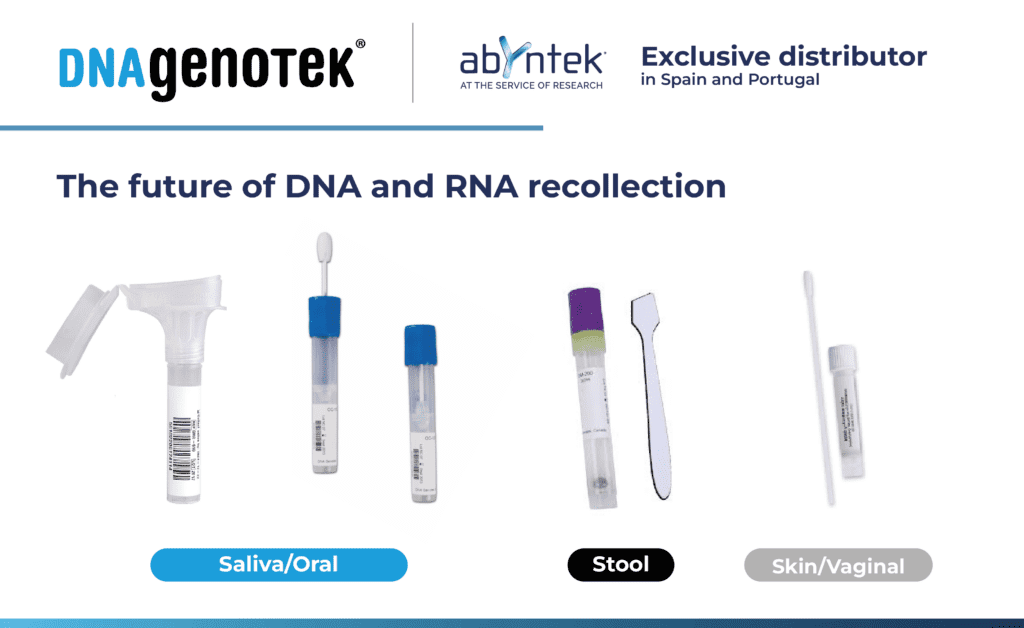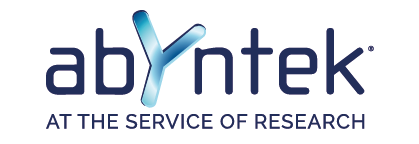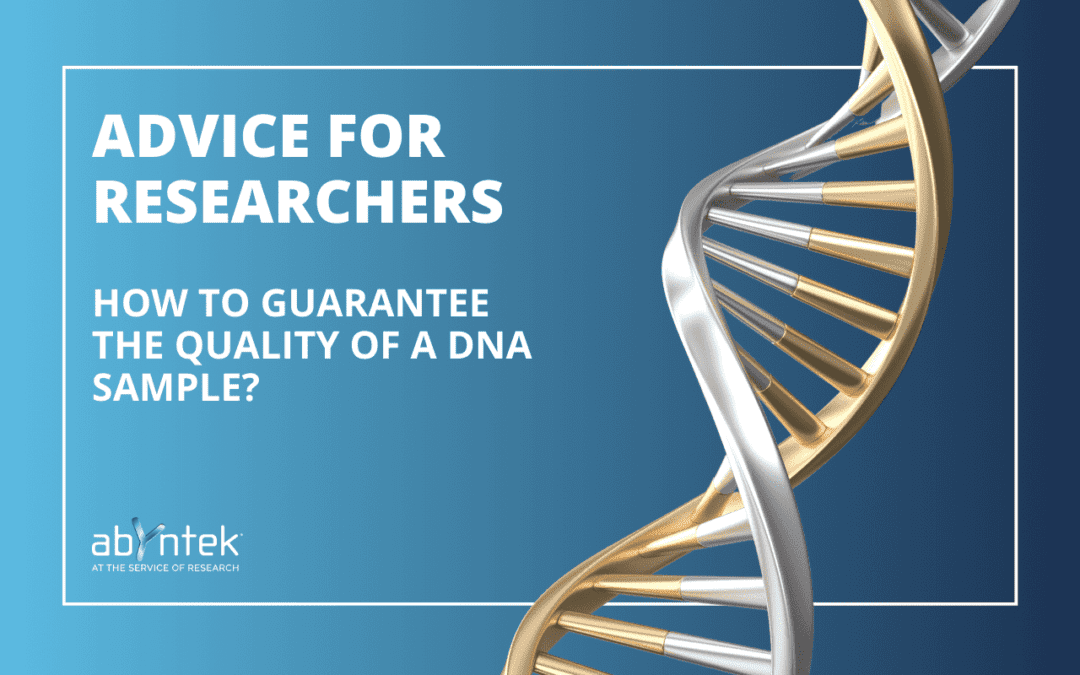Ensuring the quality of a DNA sample is vital when carrying out a human genetics study. Sequencing and amplification processes require samples free of contamination and with a minimum degree of degradation, and guaranteeing these conditions begins at the time of taking the sample.
Considering that sequencing human DNA is a process that requires specialized equipment and personnel and whose cost can easily exceed 12,000 euros, making an investment in DNA samples of the highest quality is a natural precaution.
Finding a balance between a cheap, simple, non-invasive sample collection method that produces quality samples is one of the great challenges that the field has faced in the last decade.
Why not use blood?
Traditionally, blood has been used to guarantee the quality of the DNA samples in it, since it can be safely assumed that there is no bacterial contamination in it.
However, maintaining the quality of a blood sample is an expensive process. Transporting them requires a refrigeration process, extracting them requires specialized obstetric personnel, which significantly increases the cost, introduces the possibility of sample corruption if the refrigeration chain breaks and forces researchers to require the collaboration of health centers for the extraction.
Over the last two decades, the technology for collecting human DNA samples through saliva has been perfected, which has represented a revolution in how the first phases of human genetic studies are understood, especially given its close to none invasiveness.
A paradigm shift
The DNA in a saliva sample will have to function at least equivalently to that extracted from a blood sample for it to even be considered a paradigm shift.
This means that the quality and quantity of DNA extracted from saliva must meet the standards required for DNA isolated from a blood sample, starting with its origin. While many people assume that the DNA in a saliva sample must belong to oral epithelial cells, they couldn’t be more wrong.
Multiple studies show that up to 74% (1) of the DNA found in saliva samples comes from white blood cells, an excellent source of genomic DNA in both quality and quality. Allowing practically the same amount of DNA to be extracted per unit of volume with the same quality as genetic material from a blood sample, saliva can be considered equivalent to blood for genetic applications.

Conserving the quality of DNA samples
The biggest problem facing saliva samples is the enzymes and bacteria naturally found in saliva that can degrade DNA and deteriorate the quality of the sample.
Oragene® and ORAcollect® collection kits are designed with a combination of stabilizing chemicals that maintain the molecular integrity of the saliva sample’s DNA by inhibiting degradation and preventing bacterial growth.
The size of the fragments collected using these kits is more than 23 kb, so the presence of bacterial DNA is barely significant. When compared to other oral extraction methods, in 2 mL of saliva, Oragene collects approximately 11% bacterial DNA, substantially less than rinsing (66%) or the use of cytological brushes (over 88%). (2)
Many researchers continue to question the impact of the bacterial content of saliva on sequencing. The literature clearly demonstrates that when sequencing is performed, bacterial content has no impact on variant calling. Dr. Cory McLean of 23andMe® presented a post describing whole genome sequencing (WGS) of 50 saliva samples. DNA extracted from these archived Oragene/saliva samples was sequenced using Illumina technology, to an average depth of 44.9 times coverage and covering between 97.8% and 98.2% of the genome. (3)
After identifying variants in these samples, McLean compared the results to data from the same cohort previously determined using a genotyping array. They observed agreement between 99.91% and 99.97%, indicating that Oragene/saliva samples provide consistent results across all technology platforms.
Conclusion
Considering the growing importance given to avoiding invasive procedures in the patient, it is evident that blood extraction will be relegated to tests where it is essential, leaving the collection of DNA samples to less aggressive methods that involve fewer complications for the patient. patient, like saliva.
In these cases, resorting to sample collection methods such as saliva is the path of least resistance, and in these cases, kits such as those from DNA Genotek are the ones that provide the greatest guarantee of obtaining a sample of the highest quality.
Bibliography
(1) Thiede, C., et al. (2000). Buccal swabs but not mouthwash samples can be used to obtain pretransplant DNA fingerprints from recipients of allogeneic bone marrow transplant. Bone Marrow Transplantation. 25(5):575-577.
(2) James, C., Iwasiow, R.M., Birnboim, H.C. (2011). Human genomic DNA content of saliva samples collected with the Oragene® self-collection kit. DNA Genotek. PD-WP-011.
(3) McLean, C., et al. (2012). Whole-genome sequencing of 50 LRRK2 G2019S carriers discordant for Parkinson’s disease. Presented at the American Society for Human Genomics 2012.




